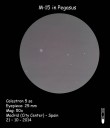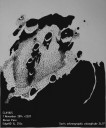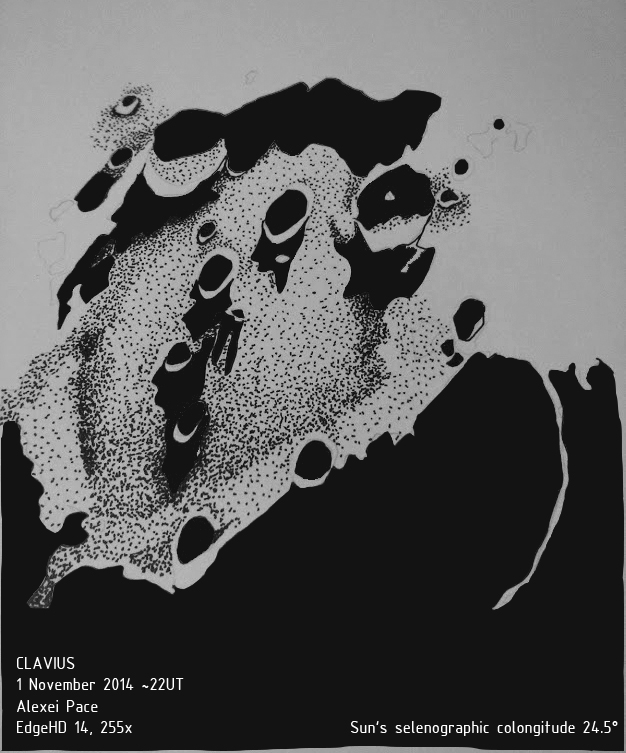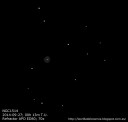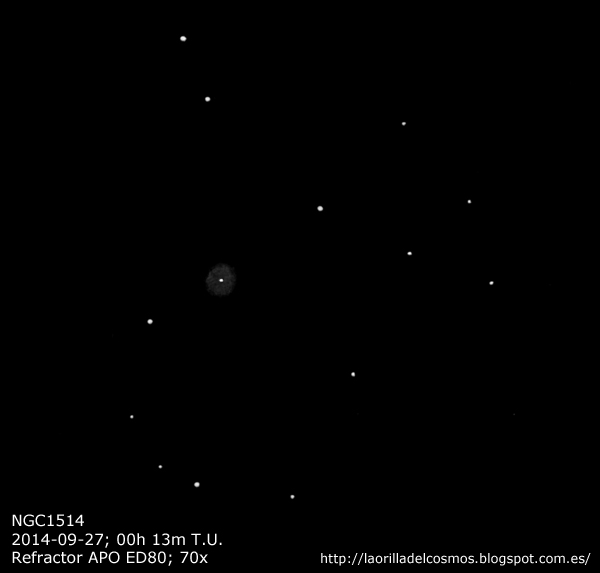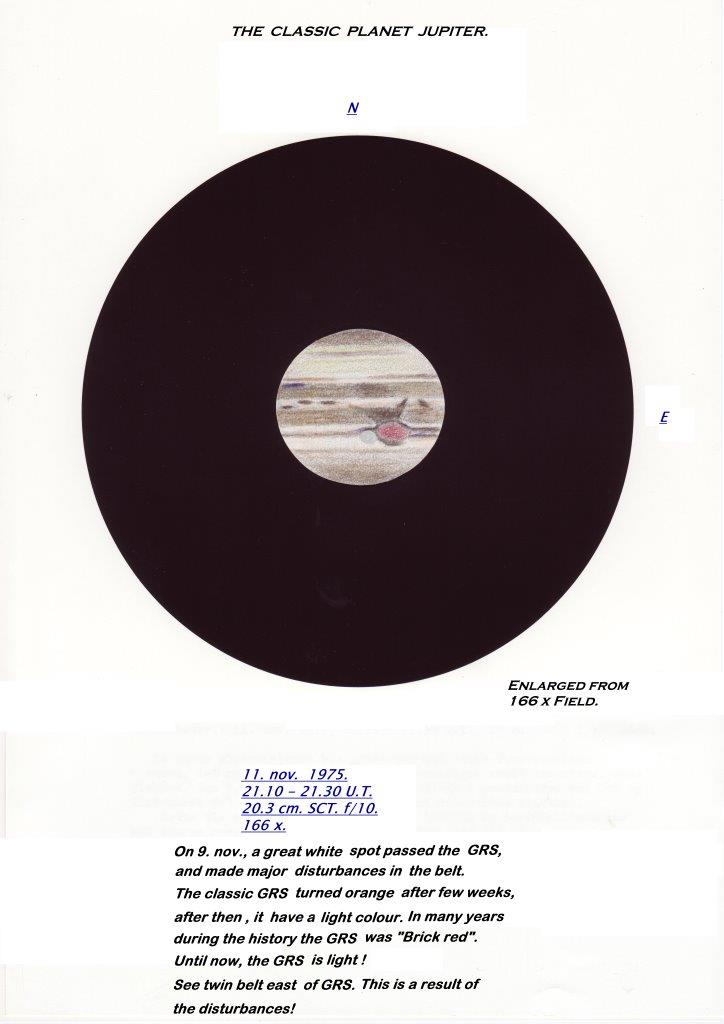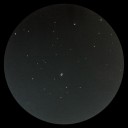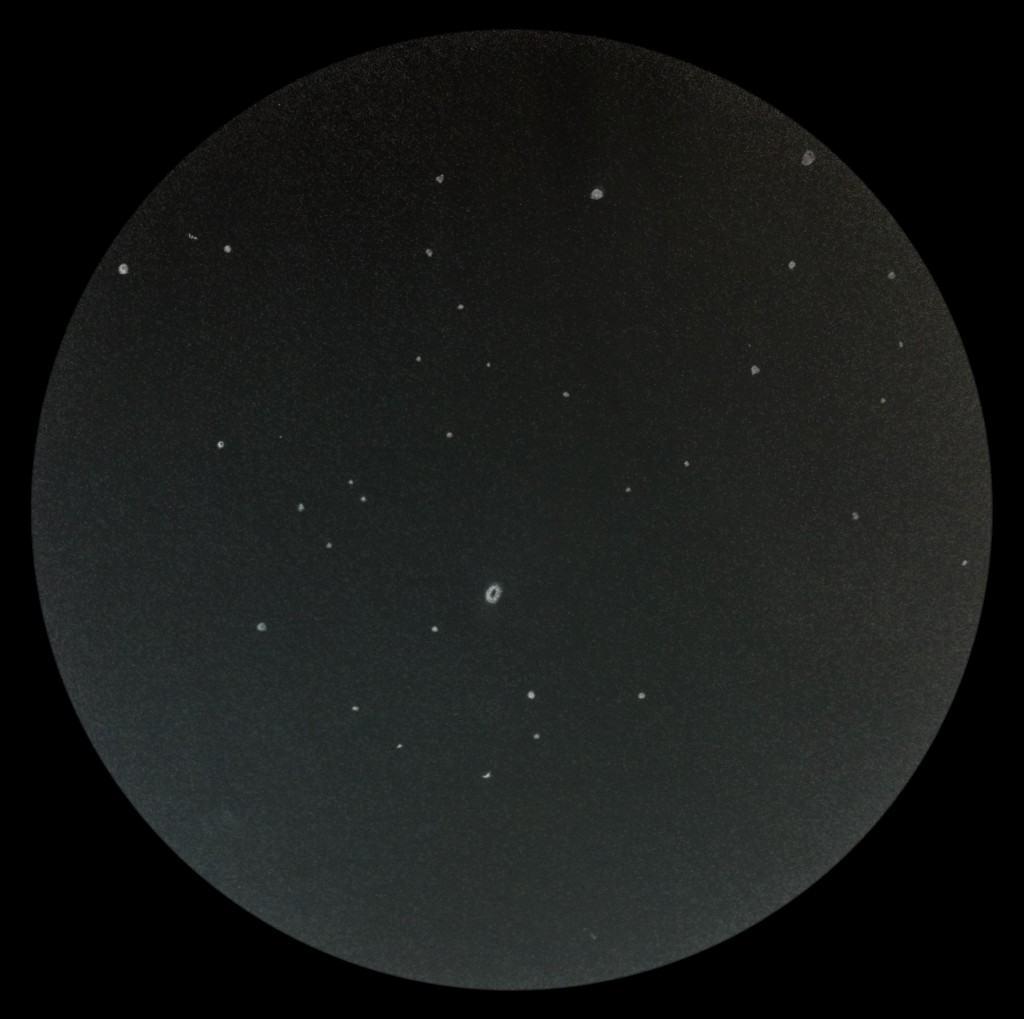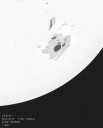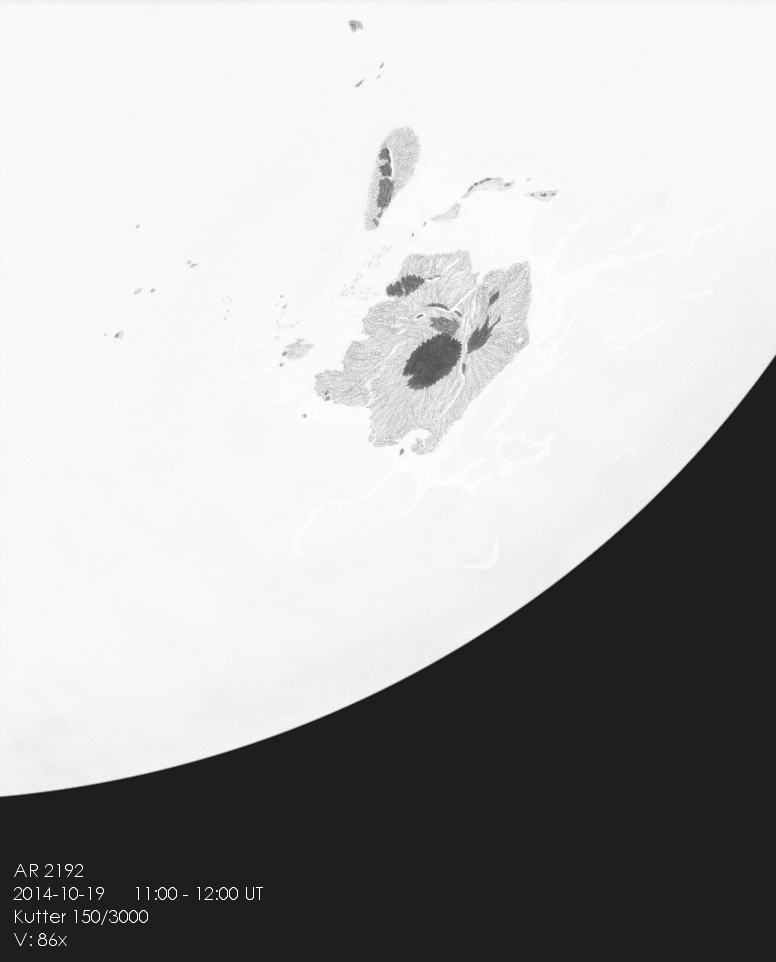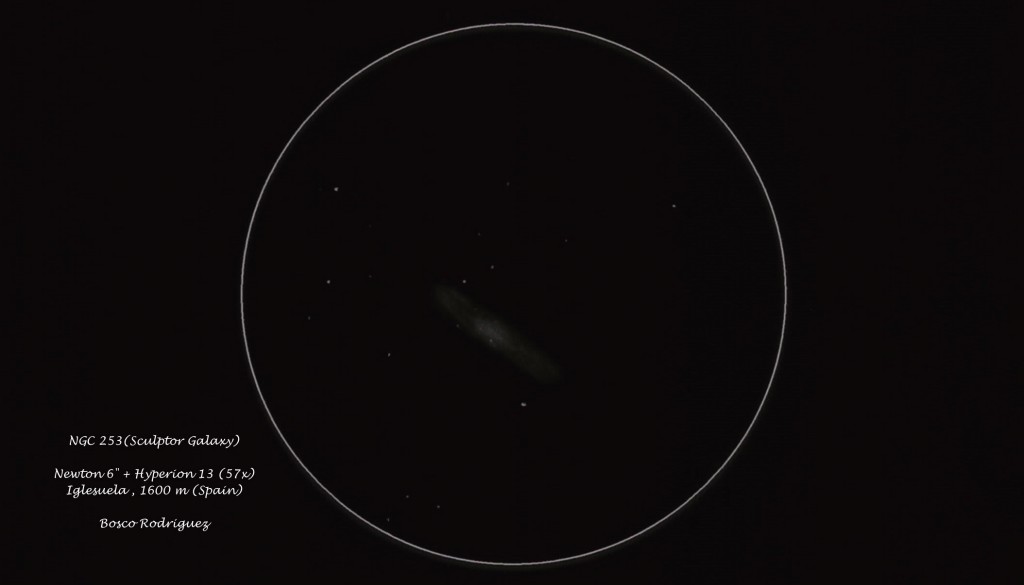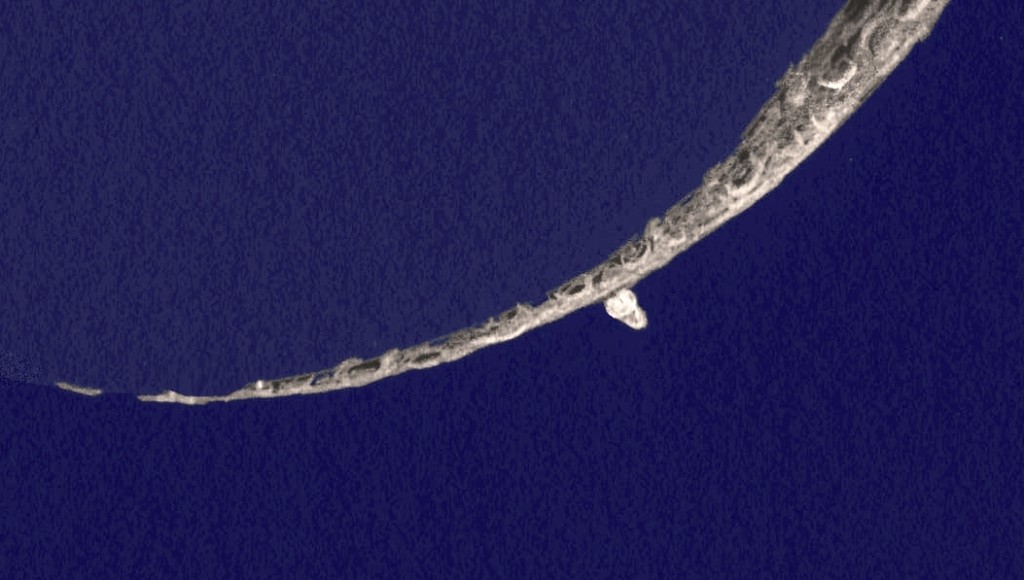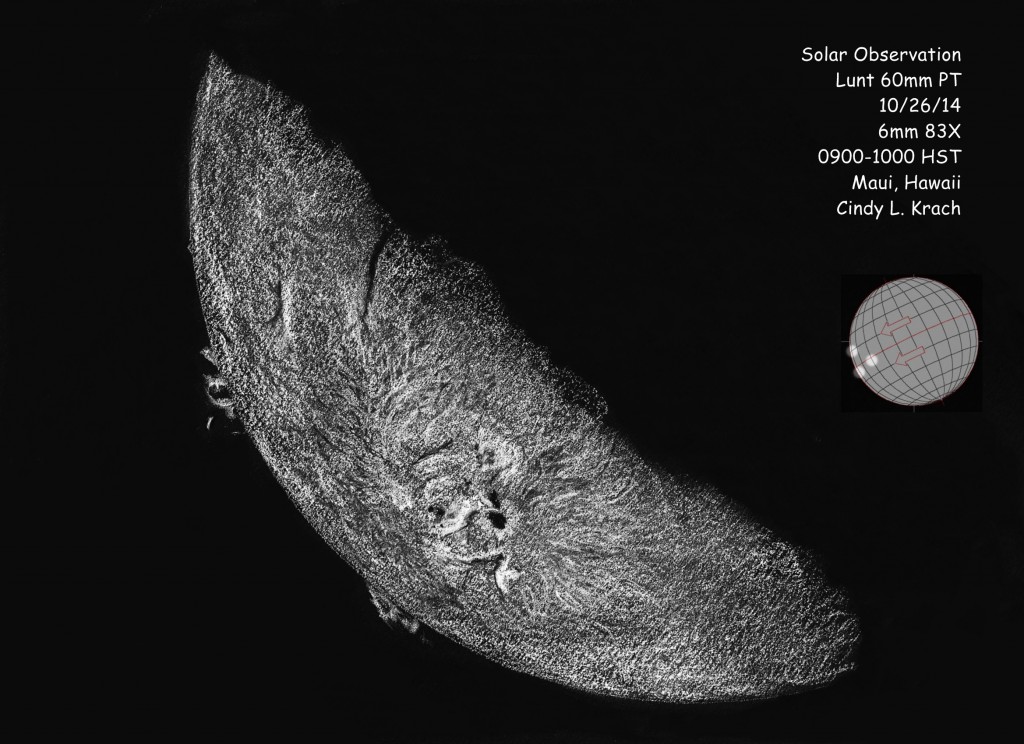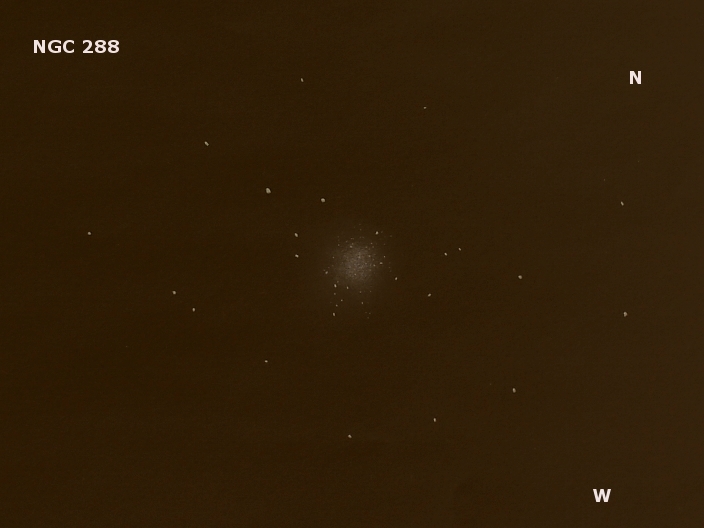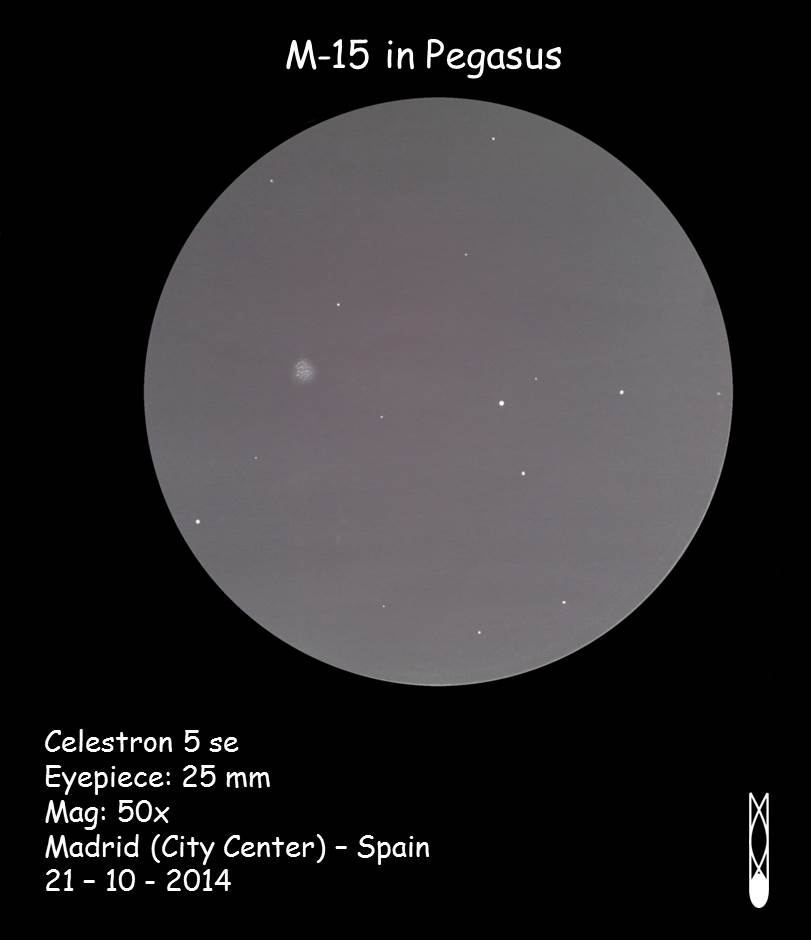
Hi friends,
I want to introduce you one more of my drawings in high polluted sky. This time is the turn for M15. Despite of the blurred view, from the center of Madrid you can distinguish several bright stars in the center with a shape that tends to be square.
Object Name: M15 – NGC 7078
Object Type: Globular Cluster
Constellation: Pegasus A.: 21h 29m 58.33s; Dec: 12° 10′ 01.2″
Location: Madrid (City Center)
Date: October 20th 2014 22:00 h.(CET)
Temperature: 17 ºC
Seeing: 4/5
Telescope: Celestron nexstar 5′ S/C.
Eyepiece: 25 mm celestron
Magnification: 50x
Media: Graphite pencil on white paper. Scanned and then inverted and processed image with GIMP
Clear skies!!
